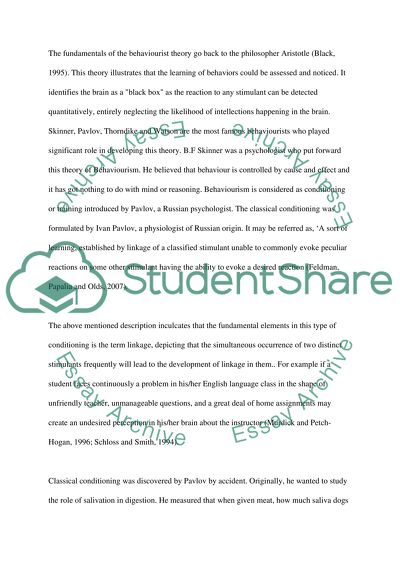Cite this document
(“Social, emotional and behavioural difficulties 2011-2012 Essay”, n.d.)
Social, emotional and behavioural difficulties 2011-2012 Essay. Retrieved from https://studentshare.org/education/1402126-social-emotional-and-behavioural-difficulties-2011-2012
Social, emotional and behavioural difficulties 2011-2012 Essay. Retrieved from https://studentshare.org/education/1402126-social-emotional-and-behavioural-difficulties-2011-2012
(Social, Emotional and Behavioural Difficulties 2011-2012 Essay)
Social, Emotional and Behavioural Difficulties 2011-2012 Essay. https://studentshare.org/education/1402126-social-emotional-and-behavioural-difficulties-2011-2012.
Social, Emotional and Behavioural Difficulties 2011-2012 Essay. https://studentshare.org/education/1402126-social-emotional-and-behavioural-difficulties-2011-2012.
“Social, Emotional and Behavioural Difficulties 2011-2012 Essay”, n.d. https://studentshare.org/education/1402126-social-emotional-and-behavioural-difficulties-2011-2012.


